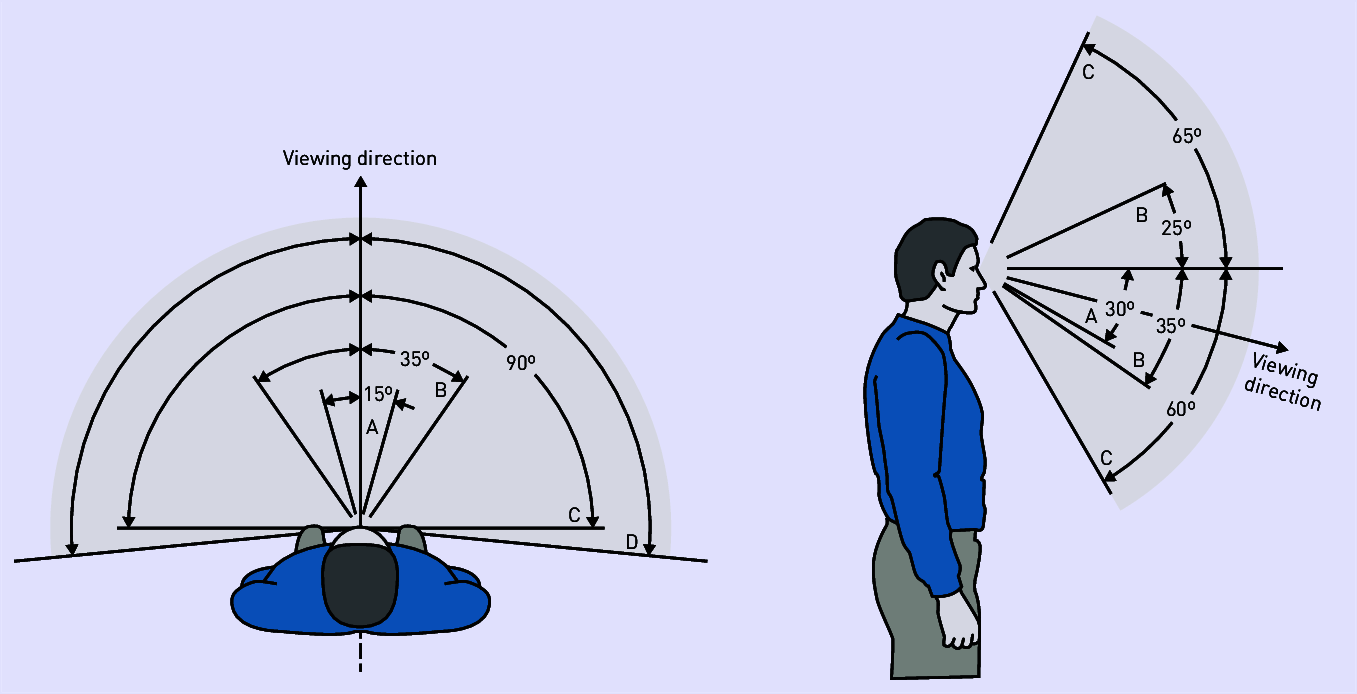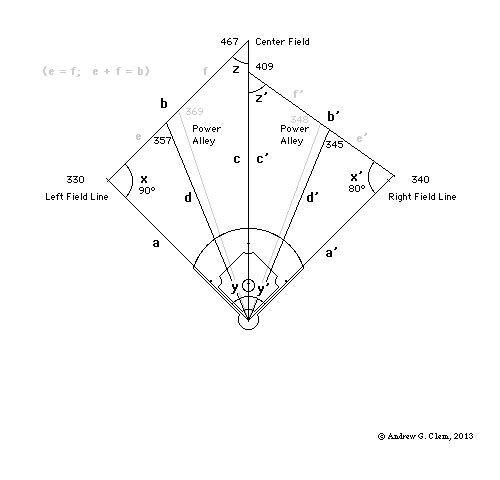

(a) 1-min averaged 1998-2000 ACE magnetic field and plasma data The family of products introduced herein consist of Two separate combinings of these, for a total of four shift techniques. Identify and compare results of two distinct PFN determinationĪnalysis techniques (minimum variance and cross products) and Time shifting is use of the phase front normal (PFN) directions, whichĪre to be determined individually for each input 15-16 sec magneticįield observation by analysis of it and its near neighbors. That the phase front sweeps over that location. On a planar surface (a "phase front") convecting with the solar wind,Īnd that the same values will be seen at a different place at the time Time shifting is based on the assumption that solar wind magneticįield values observed by a spacecraft at a given time and place lie Shifted using various techniques to the Wind location. In addition, we address 1998-2000 1-min ACE data sets Studies of the effects of solar wind variations on the magnetosphere and

These products are primarily intended to support Protons above 10, 30 and 60 MeV to 5-min OMNI. The IMP 8 shifted data were extended back in time to , Initially the data were for 1995 to near-current. IMP 8 spacecraft were processed in 2005-6, while Geotail data were added Time-shifted to the Earth's bow shock nose. This note describes the building and contents of several 1-min- andĥ-min resolution, solar wind magnetic field and plasma data sets Selection criteria for which data (e.g., ACE or Wind) for HRO. Dependence of predictability on technique, variance, IP Joe King and Natalia Papitashvili, GSFC/SPDF and ADNET Systems, Inc.

OMNIWeb Data Explorer One min and 5-min solar wind data sets

The following material describes the content and building of this HRO This "High Resolution OMNI" (HRO) data set involves an interspersal ofīSN-shifted ACE, Wind, IMP 8 and Geotail data. The range of publicly available MMS data will continue to be updated weekly.The data made accessible through this interface are 1-min-averaged, field/plasma data sets shifted to theĮarth's bow shock nose(BSN). The MMS Level 2 data products are available via SPDF HTTPS and all data sets are available in CDAWeb. March, 2022: A total of 17 Level 2 Solar Wind Analyser (SWA) datasets from the Solar Orbiter mission have been added to CDAWeb. See the CDF home page for links to the software/documentation and the 3.8.1 Release Notes. March, 2022: A new CDF version 3.8.1 distribution is now available. EPI-Lo calibrations have been updated for apertures with thick entrance foils. Pitch angles are included in the ISOIS datasets whenever FIELDS data are available. They are Level 2 Antenna Electronics Board (AEB) data and Level 3 Simplified Quasi-Thermal Noise (SQTN) data using the Radio Frequency Spectrometer (RFS) spectra.
FIELD ANGLE OMNIWEB PSP
The GOES MAG subsystem consists of fluxgate magnetometer instruments monitoring three orthogonal components of the geomagnetic field at geosynchronous orbit (L = 6.6) with high-resolution sampling rate (G8-15: 2 Hz and G16-17: 10 Hz).Īugust 2022: The PSP data have been extended up to April 2022, covering the rest of Orbit 11 and part of the inbound leg of Orbit 12. NOTICE: September 2022: GOES magnetometer (MAG) high-resolution data is now available in CDAWeb for GOES-08 to GOES-17, covering the period between 1995 and present.


 0 kommentar(er)
0 kommentar(er)
